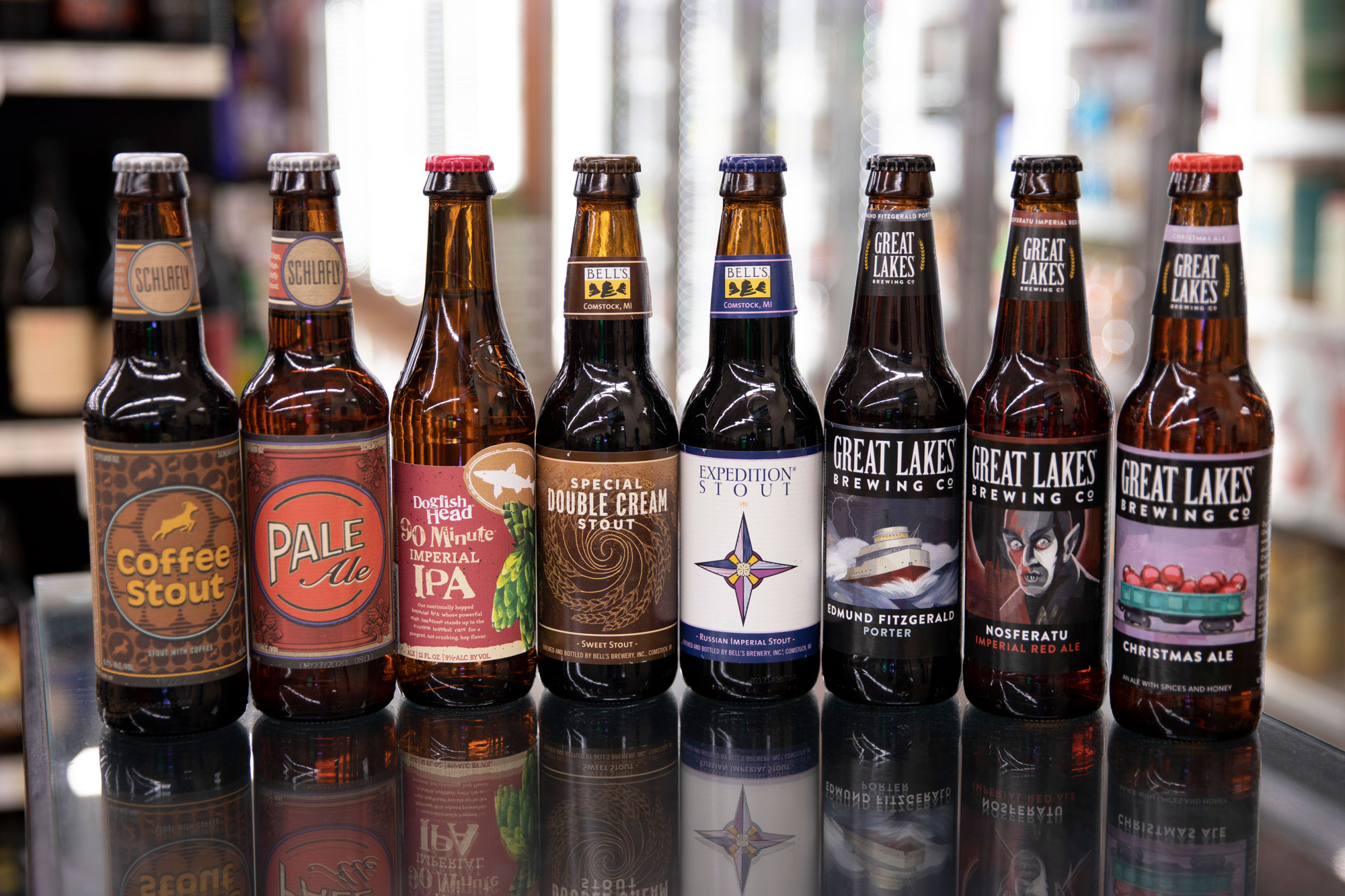Seawall Bar: Take Pleasure In Top-Notch Cocktails and Sensational Sights in Galveston
Seawall Bar: Take Pleasure In Top-Notch Cocktails and Sensational Sights in Galveston
Blog Article
The Ultimate Distillery Experience: From Grain to Glass, Everything You Required to Know
Beginning on a trip with the intricacies of the distillery procedure unveils a world where scientific research meets virtuosity in the creation of spirits. From the mindful choice of grains to the thorough crafting of each bottle, every action in the assembly line plays a crucial function fit the end product that enhances our glasses. As we look into the subtleties of flavor, distillation, and aging profiles, a much deeper appreciation for the workmanship and devotion behind each sip emerges. Join us as we unwind the layers of knowledge and interest that finish in the supreme distillery experience.
The Art of Grain Selection
Choosing the suitable grains is a critical step in the distillation process, figuring out the taste account and top quality of the end product. The sort of grain chosen considerably influences the character of the spirit being created - Galveston Liquor. Typical grains utilized in distillation include barley, rye, corn, and wheat, each imparting unique flavors and qualities to the final product

Beyond taste factors to consider, the top quality and pureness of the grains are paramount. Distillers diligently source grains to ensure they are devoid of pollutants and have the essential starch web content for fermentation. By understanding the art of grain selection, distillers lay the foundation for creating extraordinary spirits that mesmerize the taste buds.
Purification Refine Demystified
Having actually established the foundation with meticulous grain choice, the purification process emerges as the transformative phase where the essence of the selected grains is opened and refined into a perky kind. The process does not finish there; multiple distillation runs or extra actions such as aging in barrels may better refine the spirit, improving its personality, taste, and complexity. Recognizing the intricacies of the distillation process is important for generating top quality spirits that mesmerize lovers and aficionados alike.
Barrel Aging and Flavor Advancement
During the barrel aging process, spirits undergo a transformative trip as they connect with the timber, taking in nuanced flavors and developing an abundant intricacy. As spirits age in the barrels, they draw out compounds such as vanillin, lignin, and tannins from the wood, adding to the growth of scents like vanilla, caramel, spice, and also tips of toasted oak.
Furthermore, the aging process permits oxidation to take place, causing additional chemical reactions that smooth the spirit and complete any harsh sides. The porous nature of wood additionally allows the spirit to breathe, facilitating the assimilation of flavors over time. Relying on the duration of aging and environmental problems like temperature and moisture, spirits can obtain different features, from additional info subtle timber notes to deep, complicated flavors that make each set unique. Inevitably, barrel aging plays a critical role fit the distinct preference profile of each spirit, supplying a sensorial journey for aficionados to relish.
Craftsmanship in Bottling and Identifying
As spirits reach their optimum flavor accounts via barrel aging, the precise workmanship in bottling and labeling comes to be the next important step in providing a costs item to consumers. The process of bottling and labeling is a crucial element of the general distillery experience, as it is the last touchpoint prior to the product reaches the hands of consumers (Galveston Whiskey). Workmanship in bottling involves guaranteeing that each bottle is filled up specifically with the spirit, thinking about factors such as consistency in fill levels and the prevention of any type of contaminations getting in the container

Tasting and Appreciating Fine Spirits
To fully appreciate fine spirits, one must engage all the senses in a mindful and purposeful tasting experience. When tasting fine spirits, it is necessary to start by observing the spirit's appearance. Note the shade, quality, and thickness of the fluid in the glass. Swirl the spirit carefully to release its scent. The nose is an important sense in tasting spirits; take a moment to breathe in the facility aromas deeply. Next off, take a little sip and let it linger on your palate. Focus on the various tastes that unfold - from fruity and sweet notes to spicy or great smoky touches. Think about the mouthfeel, noting if the spirit is smooth, velvety, or fiery. Swish the spirit in your mouth to fully experience its appearance and preference. Ingest gradually and appreciate the lingering coating. Fine spirits frequently leave a pleasant aftertaste that can disclose a lot more about the workmanship and quality of the beverage. By involving all your senses in this fashion, you can really savor and value the complexities of great spirits.
Final Thought
In conclusion, the distillery experience includes the intricate art of grain choice, the precise purification process, the transformative barrel aging, the careful workmanship in classifying and bottling, and the advanced technique of tasting and valuing great spirits. Each action in the manufacturing procedure plays an important duty in producing high-quality spirits that Extra resources mesmerize the detects and delight lovers worldwide.
The kind of grain chosen considerably affects the personality of the spirit being produced. By grasping the art of grain option, distillers lay the foundation for producing exceptional spirits that captivate the taste buds.

Report this page